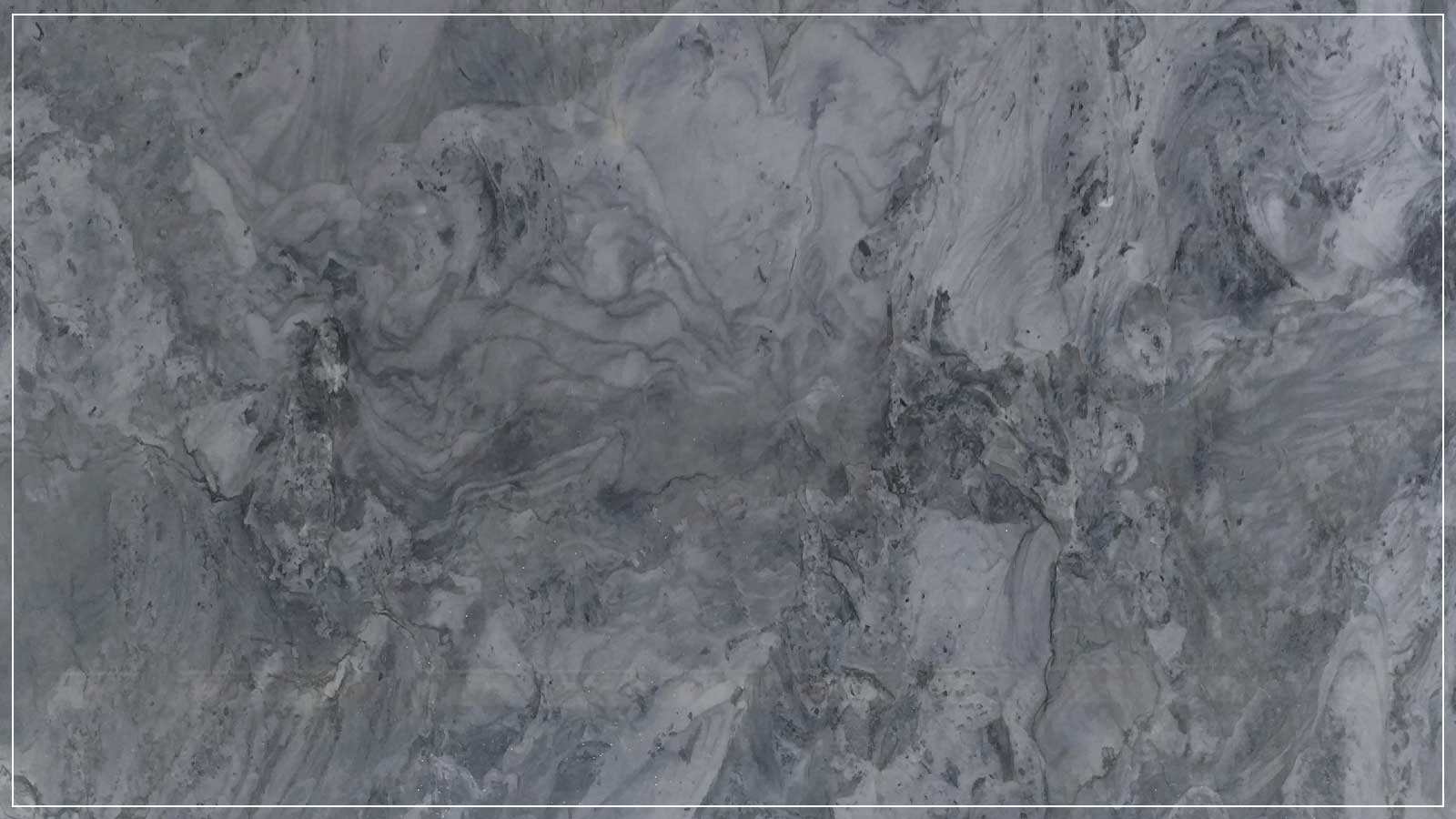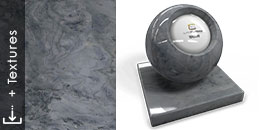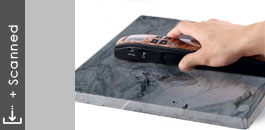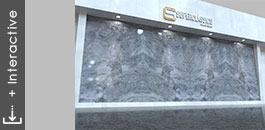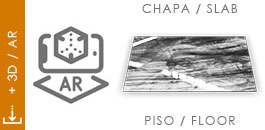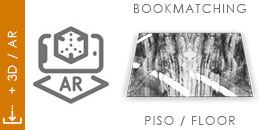Tordilho: A Brazilian Quartzite of Unmatched Beauty and Durability
The Tordilho quartzite is one of Brazil’s most remarkable natural stones, standing out both for its stunning aesthetics and superior physical properties. This exotic material, extracted in southern Bahia, captivates architects, interior designers, and homeowners with its predominantly gray hues with veins that vary in lighter or darker nuances. This article will explore in depth the characteristics, uses, care, extraction, installation, and technical analysis of Tordilho, providing a comprehensive view of this renowned quartzite.
Characteristics of Tordilho
Color and Visual Pattern
Tordilho is distinguished by its gray color palette, ranging from light gray to dark gray. The veins running across the stone’s surface create a striking visual pattern, reminiscent of marble in appearance, but offering the durability characteristic of quartzites. This combination of beauty and strength makes Tordilho a popular choice for various decorative and functional applications.
Composition and Durability
Tordilho’s composition is predominantly quartz, one of the hardest and most resistant minerals in nature. This high concentration of quartz gives Tordilho exceptional durability, making it resistant to scratches, stains, and impacts. Its surface, when polished, acquires an intense shine and a smooth texture that further enhances its marbled appearance.
Uses of Tordilho
Kitchen and Bathroom Countertops
Tordilho is an ideal choice for kitchen and bathroom countertops due to its resistance to scratches and stains. These areas, often subject to intense use and contact with liquids, benefit from Tordilho’s durability, maintaining its beauty and integrity over time. Additionally, its ease of cleaning and maintenance contributes to its popularity in these environments.
Floors and Wall Coverings
As a floor covering, Tordilho provides an elegant and sophisticated look, both indoors and outdoors. Its resistance to wear and weathering makes it a durable and aesthetically pleasing option for high-traffic areas. Moreover, its unique appearance can transform spaces, adding a touch of luxury and exclusivity.
Thresholds and Stairs
Tordilho’s durability makes it an excellent choice for thresholds and stairs, where resistance to wear is crucial. These areas, often subject to heavy traffic, benefit from the robustness of quartzite, ensuring a long service life and maintenance of its original beauty.
Care and Maintenance
Cleaning
To maintain Tordilho’s appearance and durability, regular cleaning with water and neutral detergent is recommended. Acidic or abrasive products should be avoided as they can damage the stone’s surface. Proper cleaning helps preserve the shine and integrity of the quartzite.
Sealing
The application of a sealer is highly recommended to protect Tordilho against stains and facilitate cleaning. The sealer creates a barrier that prevents the penetration of liquids and other substances that could cause stains, keeping the quartzite surface in ideal condition.
Extraction and Origin
Tordilho is extracted in southern Bahia, Brazil, a region known for its rich and diverse natural stones. This quartzite is one of the region’s standout materials, thanks to its combination of aesthetic beauty and superior physical properties. The extraction of Tordilho involves advanced techniques that ensure the integrity and quality of the stone, from the quarry to the final installation.
Installation of Tordilho
Surface Preparation
Proper surface preparation is crucial for a successful Tordilho installation. The base where the quartzite will be installed must be clean, dry, and level to ensure a lasting and secure bond.
Setting
For setting Tordilho, the use of appropriate mortar for quartzites is recommended. Following the manufacturer’s mortar recommendations is essential to ensure effective and durable adhesion. The setting process should be carried out carefully to avoid damage to the stone and ensure a perfect finish.
Finishing
After Tordilho installation, the finishing process includes grouting and final cleaning. The application of a sealer, if necessary, helps protect the stone’s surface and enhances its natural beauty. This final step is crucial to ensure that Tordilho maintains its appearance and functionality over time.
Technical Analysis of Tordilho
Geological Classification
Tordilho is classified as a quartzite, a metamorphic rock formed from the recrystallization of quartz-rich sandstones. Under high pressure and temperature conditions, quartz grains fuse to form a dense and durable rock, characterized by its resistance and low porosity.
Mineralogical Composition
The high concentration of quartz in Tordilho gives this stone its notable properties of mechanical strength and durability. This mineralogical composition makes Tordilho suitable for a wide range of applications, from countertops to floor and wall coverings.
History and Formation
The formation of Tordilho quartzite involves complex geological processes resulting in a rock of high density and resistance. Quartzite is originally a quartz-rich sandstone that, subjected to high pressure and temperature conditions, undergoes a recrystallization process. This process transforms sandstone into quartzite, a rock that combines the aesthetic beauty of marble with the durability of granite.
Specific Applications of Tordilho
In Residential Projects
In residential projects, Tordilho is often used to create sophisticated and durable spaces. Its scratch and stain resistance properties make it ideal for high-use areas such as kitchens and bathrooms. Additionally, its elegant look can transform environments, adding a touch of luxury and exclusivity.
In Commercial Projects
In commercial projects, Tordilho’s durability and aesthetics are highly valued. Floors, wall coverings, and stairs in high-traffic areas benefit from the resistance of quartzite, ensuring a long service life and maintenance of the original beauty. Tordilho is also an excellent choice for reception areas and other zones where visual impression is crucial.
Advantages of Tordilho Compared to Other Natural Stones
Comparison with Marble
Although Tordilho has an appearance reminiscent of marble, it offers significant advantages in terms of durability and resistance. Quartzite is much more resistant to scratches and stains, making it a more practical choice for high-use areas. Additionally, Tordilho’s maintenance is simpler, with less need for intensive care compared to marble.
Comparison with Granite
Compared to granite, Tordilho offers a more sophisticated and elegant aesthetic, with veins that create unique visual patterns. While both are highly durable, Tordilho stands out for its marbled appearance and intense shine after polishing. This combination of beauty and resistance makes Tordilho a superior choice for many applications.
Examples of Projects with Tordilho
Gourmet Kitchens
Tordilho is widely used in gourmet kitchens, where the combination of beauty and functionality is essential. Tordilho countertops not only provide a durable work surface but also add a touch of elegance to the space. The resistance to scratches and stains ensures that the countertop remains impeccable, even with intense daily use.
Luxury Bathrooms
In luxury bathrooms, Tordilho is the perfect choice to create a spa-like atmosphere. Countertops, floors, and wall coverings in Tordilho transform the bathroom into an oasis of tranquility and beauty. Moisture resistance and ease of maintenance make quartzite a practical and durable option for this environment.
Outdoor Areas
Tordilho is also suitable for outdoor applications, such as paving terraces and pool areas. Weather resistance and quartzite’s durability ensure that the stone maintains its integrity and appearance over time, even when exposed to the elements. Tordilho’s sophisticated look adds a touch of luxury to any outdoor space.
Additional Care and Specific Maintenance
Stain Prevention
Although Tordilho is highly resistant to stains, prevention is always the best approach. Using trays and trivets on countertops helps avoid stains from food and drinks. Additionally, immediately cleaning any spills can prevent substances from penetrating the stone’s surface.
Sealer Reapplication
Depending on use and exposure to potentially staining substances, it may be necessary to reapply the sealer periodically. Following the sealer manufacturer’s recommendations will ensure continued protection of the quartzite surface, maintaining its appearance and functionality.
Environmental Considerations in Tordilho Extraction
Sustainable Practices
Tordilho extraction in southern Bahia is carried out with sustainable practices that minimize environmental impact. Advanced extraction techniques ensure the stone’s integrity is maintained while preserving the environment. Responsible quarry management and the recovery of exploited areas are priorities in Tordilho extraction.
Social Impact
The natural stone extraction industry, including Tordilho, has a significant impact on local communities. Job creation and the economic development of extraction regions are important benefits. Companies involved in Tordilho extraction often invest in social and community initiatives, contributing to the well-being of local populations.
Case Studies
Luxury Residential Project
In a luxury residential project, Tordilho was extensively used to create a sophisticated and durable environment. Kitchen and bathroom countertops, wall coverings, and floors were all made of Tordilho, providing a cohesive and elegant aesthetic. Quartzite’s resistance to scratches and stains ensured that all surfaces remained impeccable, even with intense daily use.
High-Traffic Commercial Space
In a high-traffic commercial space, such as a hotel lobby, Tordilho was chosen for its durability and beauty. Floors and wall coverings in Tordilho not only withstood intense traffic but also maintained their sophisticated and elegant appearance. Ease of maintenance was an added benefit, reducing operational costs and ensuring consistent visual presentation.
Conclusion
Tordilho quartzite is a natural stone of unmatched beauty and durability, originating from southern Bahia, Brazil. Its aesthetic characteristics, combined with its superior physical properties, make it an ideal choice for a variety of decorative and functional applications. From kitchen and bathroom countertops to floors, wall coverings, thresholds, and stairs, Tordilho offers a combination of durability, elegance, and ease of maintenance that makes it one of the most sought-after natural stones on the market.
The high concentration of quartz in its composition gives Tordilho exceptional mechanical strength, making it suitable for high-traffic and intense use areas. Its careful extraction and advanced processing techniques ensure the stone’s quality and integrity, from the quarry to the final installation.
Whether in residential or commercial projects, Tordilho transforms spaces with its unique beauty and durability, providing a sophisticated look and long service life. Simple maintenance and the possibility of additional sealing for stain protection enhance the practicality of this natural stone.
Compared to other natural stones, Tordilho stands out for its unique combination of aesthetics and functionality. In relation to marble, it offers greater resistance to scratches and stains, while compared to granite, it provides a more elegant and sophisticated appearance.
By choosing Tordilho for your project, you are investing in a natural stone that combines aesthetic beauty with durability and practicality, ensuring your space remains beautiful and functional for many years.

Want to know more about this and other SuperClassico materials?
Ask our AI your question here!
BookMatching
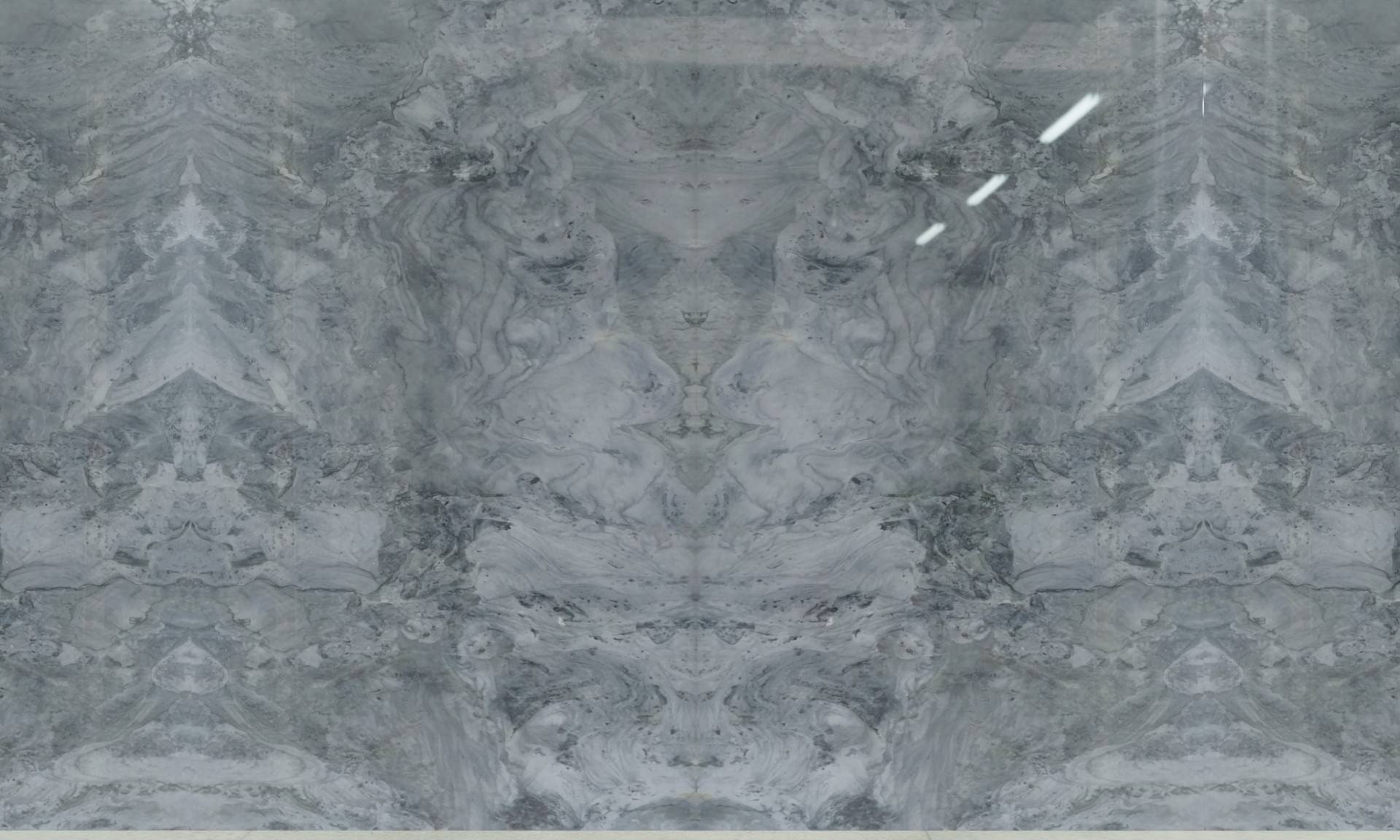 Vertical
Vertical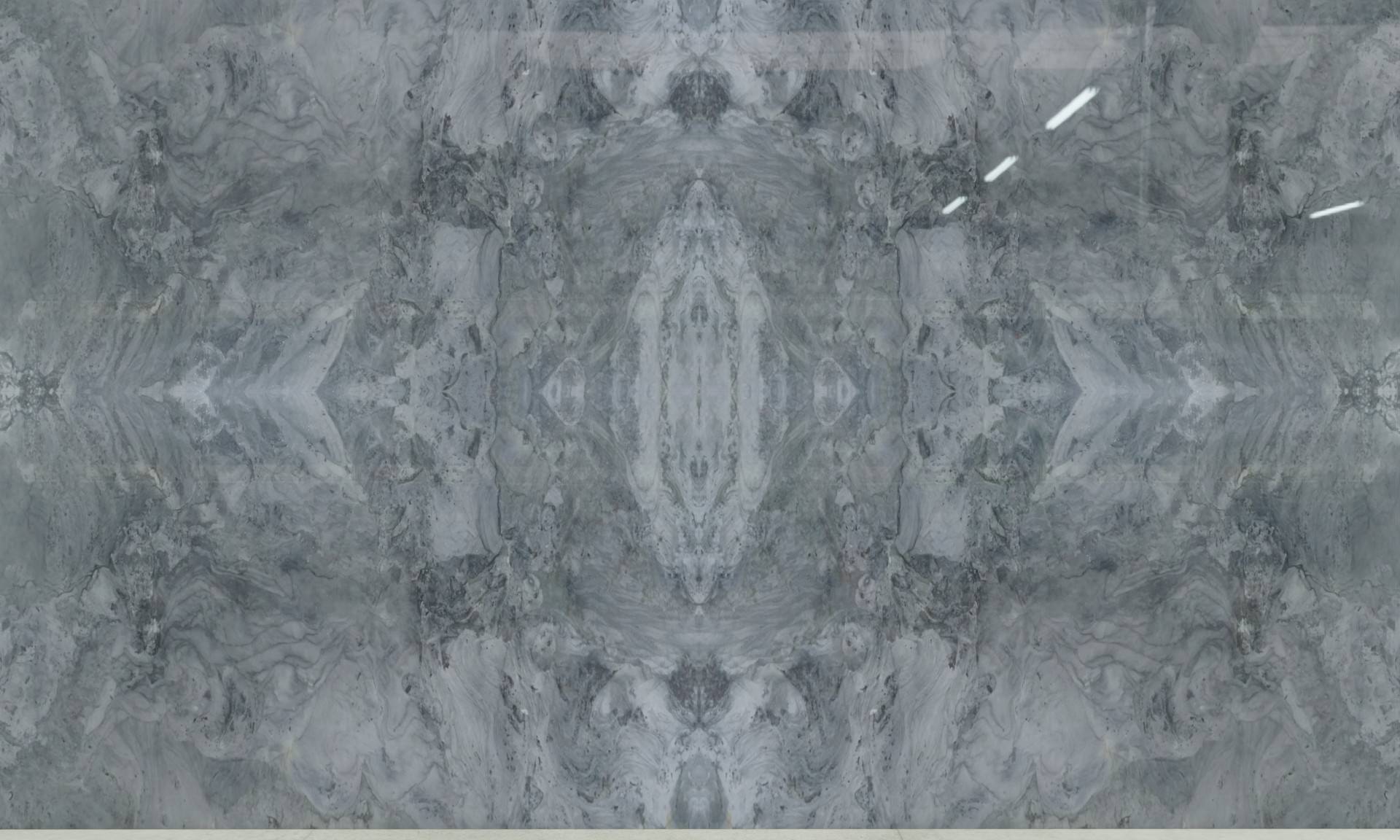 Horizontal
HorizontalFor Designers and Architects
| PETROGRAPHY CLASSIFICATION | QUARTZITE | |
| NORMA | TESTS | RESULTS |
| ABNT NBR 12766 | Water Absorption | – % |
| ABNT NBR 12766 | Apparent Dry Density | – kg/m³ |
| ABNT NBR 12767 | Compressive Strength83 | – mpa |
| ABNT NBR 12763 | Flexural Strength | – mpa |
| Abrasion Strength | – (cm²/cm³) | |
To simulate how a particular material would look as a floor, tabletop, or countertop in your home, use Augmented Reality technology on your smartphone. It’s easy! Just click on the “View in your space” button and you’ll be able to see the virtual object in your real environment. Try it now!
3D/AR View
Click on the CARDS below and choose different options to simulate the material with AR in your environment through your Smartphone’s camera.
Classification
Type: QUARTZITE
About
Tordilho – Natural Exotic Stone by SuperClássico Natural Stones
Composition
Surface Finishings
Polished
It is the “shiny” surface that results in the plate when receiving the complete finish, that is, until the last grain. Depending on its composition, the polished material may have a higher or lower brightness intensity.
Brushed
It is the resultant surface in the sheet when it receives roughing treatment performed by steel brushes or synthetic materials. Different brushing models can be executed, with greater roughness, medium and few.
Soft Leather
It is the resultant surface in the sheet when it receives roughing treatment performed by steel brushes or synthetic materials. Carried out with a brush of low roughness, which gives it a lightly textured look like fabric.
Flamed
It is the resultant surface in the plate when it receives heat treatment (burned with torch specially developed for the function) that takes out small flakes of the same, making the surface slightly irregular producing the impression that it is rustic.
Honed
It is the resultant surface on the sheet when receiving abrasive grinding wheels up to the grain 120. This grain defines the surface finish limit either as anti-slip or even for the application of resin and subsequent polishing.
Leather Finish
It is the resultant surface in the sheet when it receives roughing treatment performed by steel brushes or synthetic materials. Depending on the type of brushes used you can still reproduce in some materials a surface with a design similar to natural leather.

